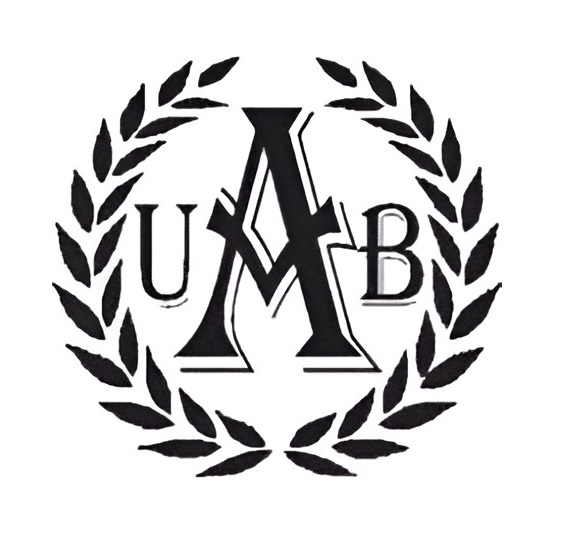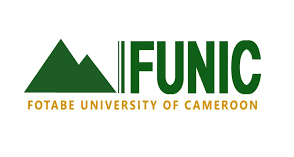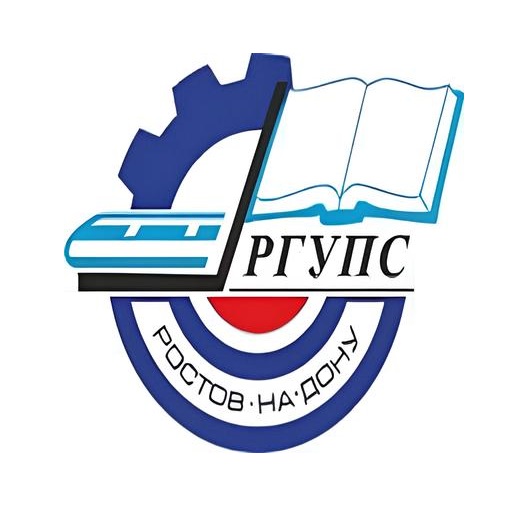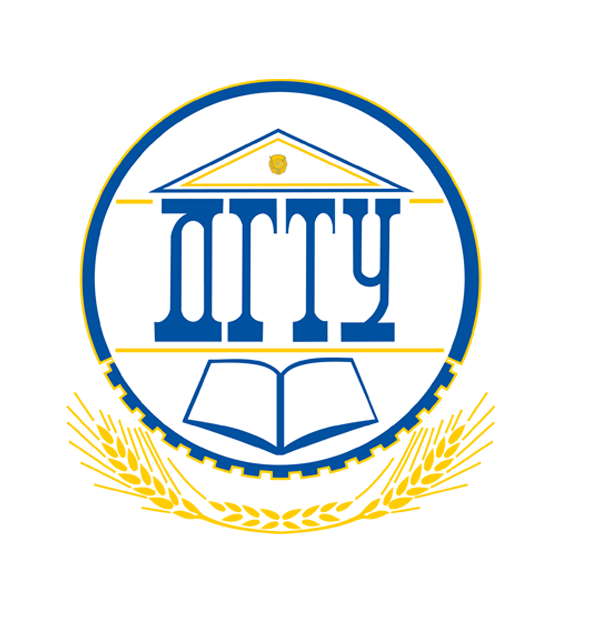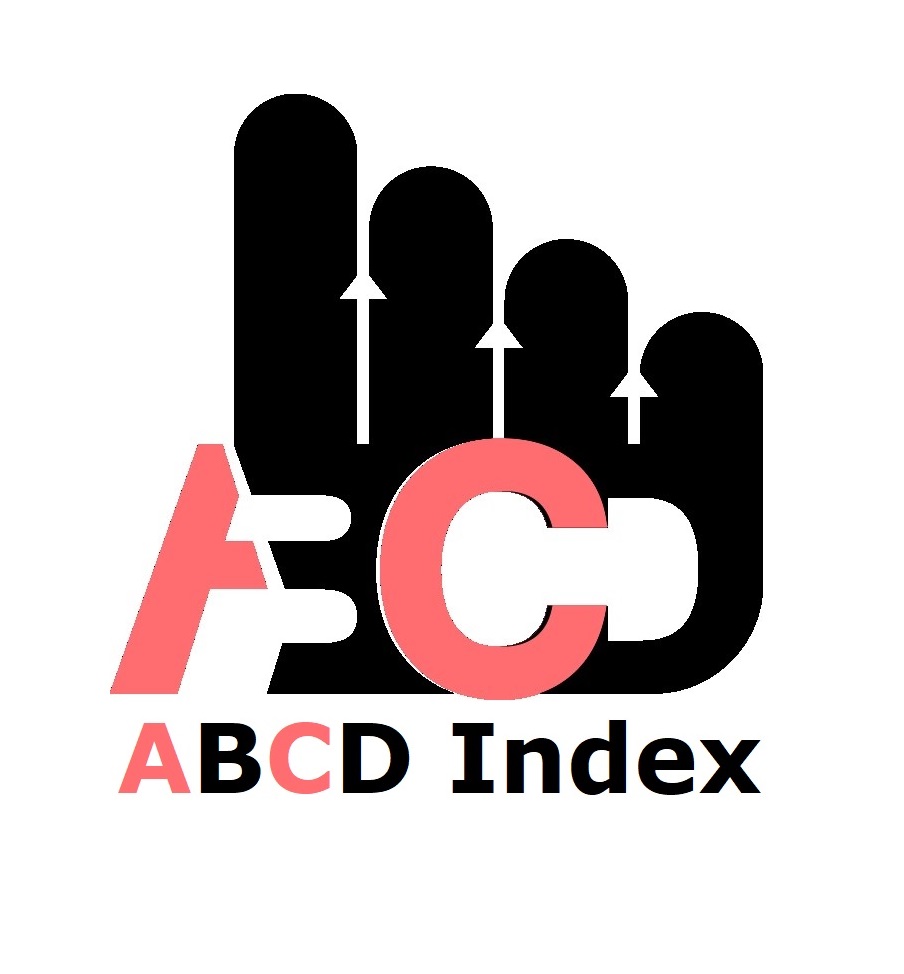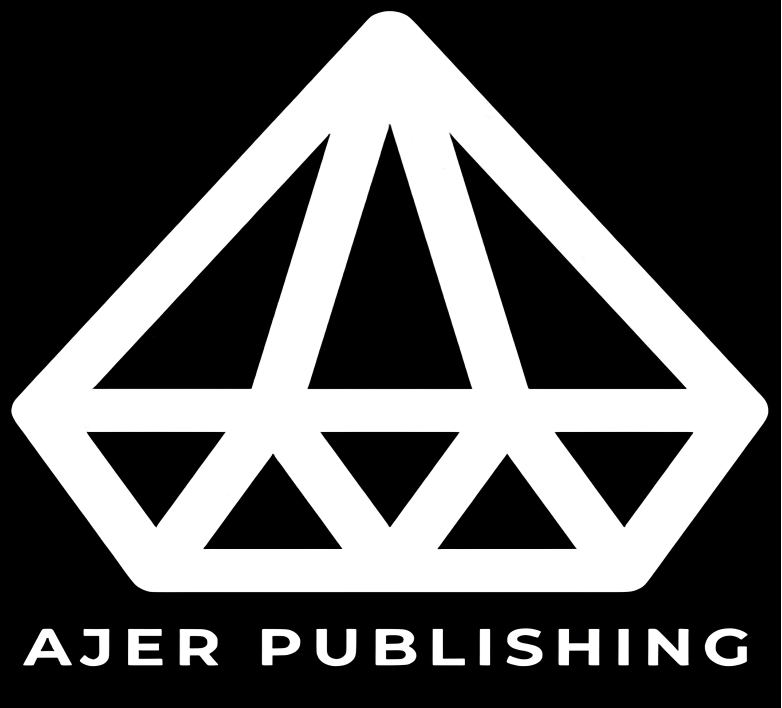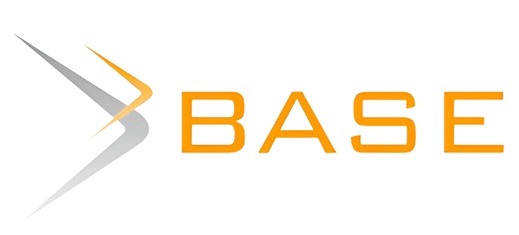Effect of Rehabilitation on Drawings by Learners in Shikusa Borstal Institution, Kakamega County
Keywords:
Borstal Institution, Drawings, Rehabilitation, Young OffendersAbstract
The Shikusa Borstal Institution (SBI) provides rehabilitation to the young offenders through formal technical training, spiritual programs and counselling. The weekly inspection reports carried out in this institution, however, often reveal writings and drawings on the walls that portray negative art. This suggests that the learners in this institution communicate their inner feelings through these drawings, despite the rehabilitation programs meant to inspire them into creative thinking and behaviour. The study objective was to establish the influence of rehabilitation on drawings created by learners. A mixed methods research design was adopted in this study. The target population of the study included learners, teachers, and the administrators. Convenience sampling technique was used to select 5 teachers and members of administration while the saturated sampling technique was employed to select 83 learners at the institution. Data were gathered using questionnaires, interview guides, and observations check list. The quantitative data was analysed using descriptive and inferential statistics. Data from the interview guide and observation check list were transcribed and reported as themes and subthemes. Findings indicated that rehabilitation has no significant influence on the creation of drawings by learners (t=1.363, p>0.05). The study recommends creation of enabling environment in the rehabilitation process that could promote self-awareness and self-worth to make them more positive looking and creative in life.
Published
How to Cite
Issue
Section
Copyright (c) 2023 Tesarah O. Mwinami, Joel P. Ogutu, Edward O. Khasakhala

This work is licensed under a Creative Commons Attribution-NonCommercial 4.0 International License.
Most read articles by the same author(s)
- Shayne Khavere, Joel P. Ogutu, Kennedy Bota, Students’ Perception of Teacher Classroom Effectiveness and Academic Achievement: A Case of Secondary School Students in Hamisi Sub-County, Kenya , African Journal of Empirical Research: Vol. 4 No. 2 (2023): Jul-Dec 2023
- Josephine N. Nyamwange, Peter Odera, Edward O. Khasakhala, Teachers’ attitudes towards attention deficit hyperactivity disorder and management strategies for pupils in Kisii County, Kenya , African Journal of Empirical Research: Vol. 6 No. 2 (2025): Apr-Jun 2025









